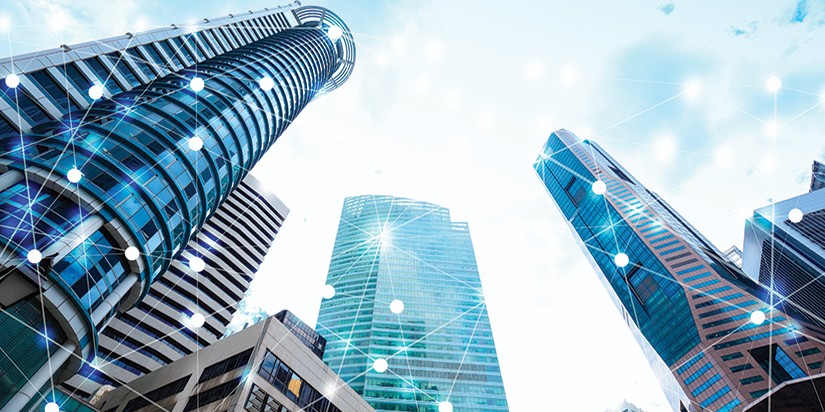Change is the only constant in life, and it appears to be so in commercial real estate as well. In 2022, commercial real estate investors, owners, and occupiers are busily navigating the obstacles — and opportunities — presented by a lingering pandemic, supply chain disruption, new ways of living, working and shopping, a heightened awareness of all things related to Environmental, Social and Governance (ESG)…the list seemingly goes on and on.
From office to industrial, retail to multi-family, sweeping changes are impacting nearly every building in the CRE sector, and even causing some buildings to jump sectors. In office buildings, for example, tenants are seeking greater flexibility not only in the terms of a lease but in the size of the space itself. They also want the ability to scale up and down based on changing hybrid work models. In an effort to improve employee experience by providing better air circulation, faster and safer elevators, and modern collaboration spaces, many tenants who were in Class B office spaces are upgrading to Class A spaces. And some Class A tenants are moving to newer, premium properties boasting the latest amenities.
In Washington D.C and Los Angeles, older Class B office buildings are finding new life as multi-family housing. Some shopping malls have been converted into housing, while others have become regional fulfillment centers to support e-commerce’s continued expansion. Larger-than-life retail spaces are finding a new life as experiential ‘retailtainment venues’ for everything from immersive art exhibitions to indoor skiing.
The Importance of a Robust, Reliable, and Scalable Network Infrastructure
Another constant cutting across CRE sectors is the impact of change on the network infrastructure that powers the buildings in which we live, work and shop.
For example, as businesses of all types continue to double-down on digital transformation, demand for data centers has spiked. In already crowded markets, power restraints pose a real threat to new data center developments. As a result, most operators are actively seeking out efficient energy sources and sustainability-focused infrastructure solutions.
IoT endpoint adoption is also having a moment, driven in part by safety and security use cases such as intruder detection and indoor surveillance, as well as an uptick in smart systems to control lighting, heating and cooling and other building technology-enabled systems designed to elevate human experience. Connectivity demands are increasing, and will continue to do so, and no CRE leader wants bandwidth — or more specifically the need for more of it —holding them back. That’s why they’re planning for tomorrow, today, by running extra cables in ceilings and designing floor plans with space to expand telecom rooms moving forward. They’re also choosing to work with partners who are equally committed to health and safety and sustainability.
This post is the first in our series on key trends in CRE and their impact on network infrastructure. Be sure to subscribe above for updates to stay informed. In the meantime, visit our website to learn more about our infrastructure and AV solutions for commercial real estate companies and tenants.



